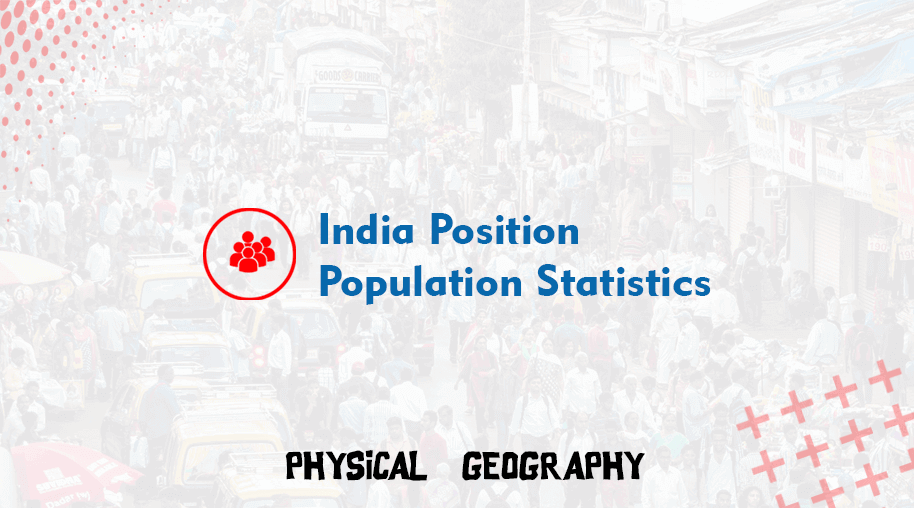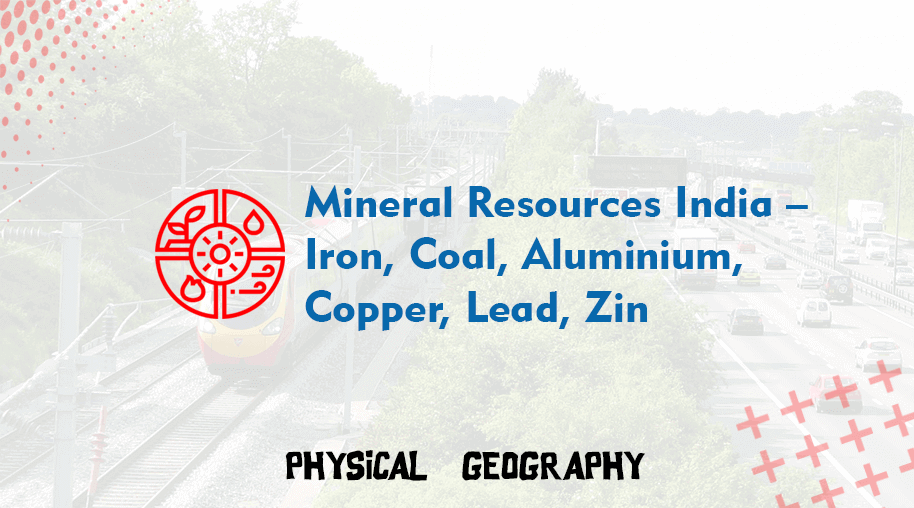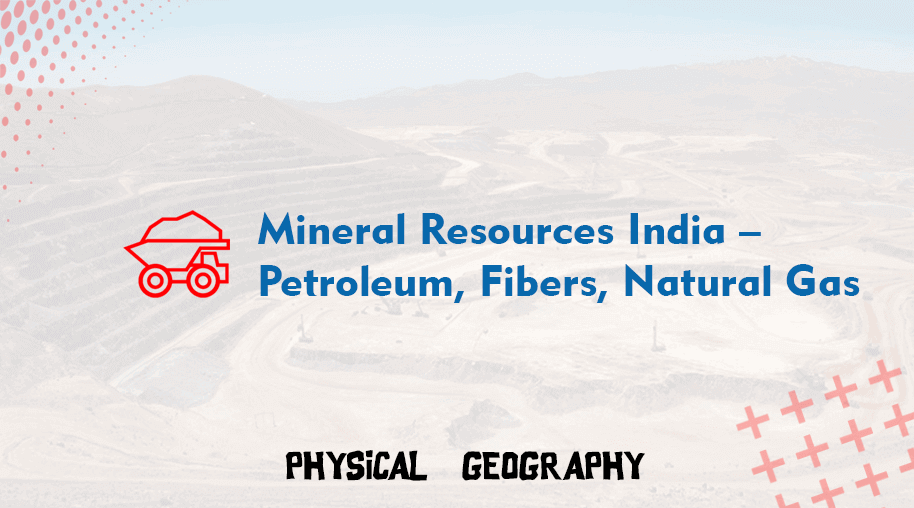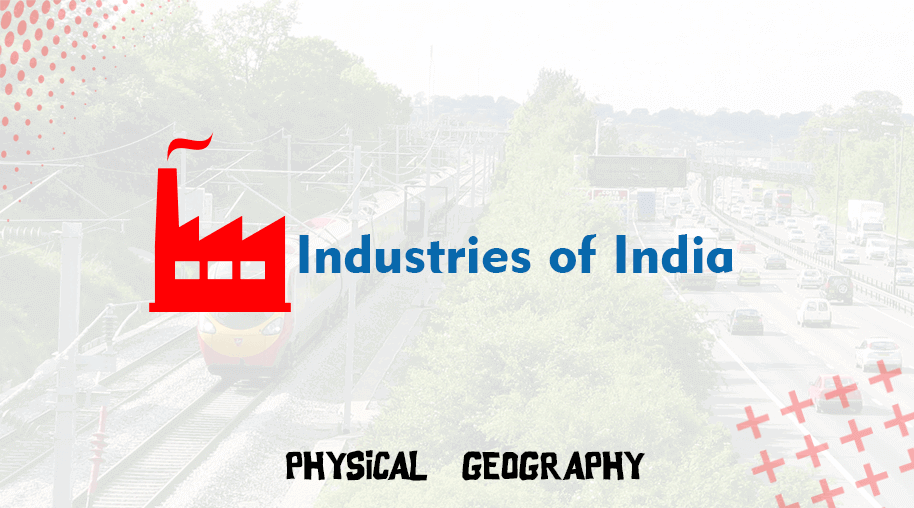Mineral Resources India – Petroleum, Fibers, Natural Gas
by Devender
0 2024
Minerals are not limited to only Metallic and non-Metallic. Minerals also include deposits of oil resources, natural gas resources, and lignite resources.
Mineral Resources India – Petroleum, Fibers, Natural Gas
1 Petroleum Refineries
There are two stages that took place at a petroleum refinery:
- Production (drilling)
- Refining
- Near the raw material
- Near the market
- at an intermediate break of the bulk location
- Refined products have a higher rate of evaporation, therefore it is better to set up the refinery near the market
- There is not much weight loss in production, so, not much cost saving in transport
- The finished petroleum products can be supplied to interior areas pipeline connection and trucks/tankers
- Manufacturing industries in Europe also consume a large portion of petroleum products
- So, refineries are also located in major manufacturing centers, where petroleum products are demanded
- Environmental activism/laws/regulations
- Fears of explosion
- Terrorism
- Difficulty to setup refineries near a market location
- Cellulose Fiber
- True Synthetics
- So, synthetic fiber factories are located near/inside the petrochemical industry
- The synthetic fibers don't have much weight, are non-perishable, and are easy to transport
- So, the synthetic fiber industry need not be set up near the market location
- He achieved complete vertical integration in the supply chain from crude oil to synthetic fibers
- Jamnagar refinery provides intermediate raw materials to Reliance’s textile units at Dahej, Naroda, Vadodara in Gujarat
- Similarly, Oil discovery in Ankleshwar-Sanand-Kalol led to the growth of the Synthetic textile industry in this region of Gujarat
- It is cheaper
- It does not require extensive refining
- It burns clean
- Storage and distribution is difficult
- The construction of the pipeline, its security, and maintenance is expensive
- Once the pipeline is laid its size/capacity cannot be increased
- Leakage detection is difficult in the case of underground pipelines
- If market/buyers are not found, then gas is wasted by burning (flaring)
- It is economical only to mine gas near market areas only if the pipeline is established
- Iran-Pakistan-India
- Myanmar-Bangladesh-India
- Turkmenistan-Afghanistan-Pakistan-India (TAPI)
- Input
- Process
- Output
- Labor
- Transport
- Transportation of Gas
- Tata Chemicals (Mumbai)
- Rashtriya Chemicals and Fertilizers (Trombay)
- IFFCO's (Phulpur – Allahabad)
- GSFC (Vadodara)
- Kribhco (Hazira and Kota)
- Fertilizer Industry alongside Natural Gas
- This Ammonia (NH3) can be used for making nitrogen-based fertilizers such as Urea
- So, the availability of Natural Gas affects the location of the Fertilizer industry
The location of the raw material site is not much of a deciding factor for the location of Petroleum Refineries as industries were already set up in coalfields and did not move away due to industrial inertia. Also, the refining does not lead to significant weight loss. In fact, all the by-products can be used. So, the refineries can be set up at:
Disadvantages of the refinery at the raw material site:
Once the oil is exhausted from the oil well, the refinery will become useless and millions of dollars invested there will be wasted.
After the 1970s, many of the Middle East and African countries started nationalizing their oil operations. The ownership of refineries/oil wells was transferred from MNCs to government-owned PSUs. So, MNCs are not ready to set up refineries in this region for the fear of nationalization.
Advantages of Refineries at Market Location:
At such a place, raw materials from different refineries or even different countries can be used. Even if oil wells of one location are exhausted, there are always other options unlike in the previous case.
India Refineries Challenges
2 Synthetic fibers
It can be divided into two types which are:
Rayon is a cellulose fiber and it is from natural cellulose and from wood pulp. It is found near pulp mills.
Nylon and Polyester are true synthetics and they are produced chemically from coal or petroleum by-products. These are found near petrochemical refineries.
Location factor
The base material for most of the true synthetic fibers is the benzene fraction of crude oil which is in liquid and gets evaporated quickly. It is also hazardous to transport.
However, with the progress in transport-cargo facilities, nowadays synthetic fiber industry is not always in close proximity with the petroleum industry.
Synthetic fiber industry of India
In the late 60s, Dhirubhai Ambani started Reliance for textile manufacturing at Naroda near Ahmedabad, Gujarat. As polyester is made from petrochemicals, so he entered in Petrochemical business but petrochemical is derived from Petroleum refining, so he moved into Petroleum refining as well and he finally set up Jamnagar refinery in Gujarat.
3 Natural Gas
Advantages of Natural gas over Petroleum:
Disadvantages of Natural gas over Petroleum:
International Pipeline Projects of India
ONGC Hazira, Gujarat
Its input is the Natural Gas from Bombay High.
The sulfur impurity from the (sour) natural gas is removed and it is sent to other regions by Pipelines. The process is known as "Sweetening the gas".
Its output is the sweet Natural Gas that is used in LPG cylinders, Nitrogen-based fertilizers, and Household via pipelines as cooking gas.
Labor is not much of a deciding factor as skilled labor is mobile and Hazira has township for them.
Hazira – Bijapur – Jagdhishpur (HBJ) pipeline passes through Gujarat, Madhya Pradesh, Rajasthan, UP, Delhi, and Haryana. So, all the big markets are connected through the pipeline.
East-West Gas Pipeline (EWPL) transports gas from Kakinada, the landfall point of KG-D6 gas, to Bharuch (Gujarat) and traverses through Andhra Pradesh, Karnataka, Maharashtra, and Gujarat.
From Bharuch, the pipeline network of Gujarat State Petronet is used to take the gas to end-consumers as well as connect to Hazira-Bijaipur-Jagdhishpur (HBJ) pipeline.
Through this entire Pipeline networking, the gas reaches these fertilizer plants:
The Urea/Nitrogen Based industries are located near Natural gas sources. Natural Gas has Methane (CH4), which when mixed with Oxygen, Nitrogen, and heat in presence of catalysts produces Ammonia (NH3) which is known as the Haber process.
Similarly, Neptha (obtained from crude oil) is also used in the production of nitrogen-based fertilizers, hence proximity to oil refinery is also considered a favorable factor. Thanks to oil and gas from Bombay High, the Gujarat-Maharashtra region got fertilizer plants at Hazira, Mumbai, Trombay, Vadodara, etc.
Similarly, Hazira-Bijaipur-Jagdhishpur(HBJ) pipeline gave fertilizer industry in Bijapur, Sawai Madhopur, Shahjahanpur, etc.

Share:







Comments
Waiting for your comments